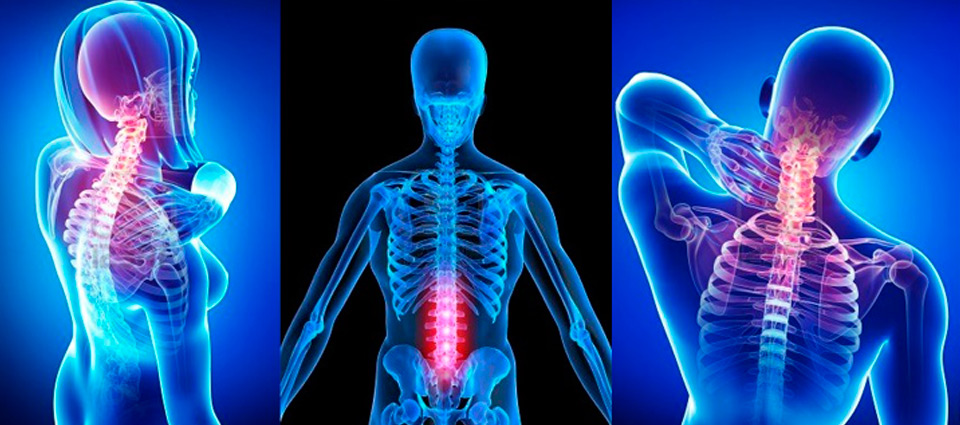As the number of participants in recreational and competitive running continues to increase, so does the number of chiropractic patients who need treatment for running-associated injuries. Some researchers have estimated up to 60 percent of runners will experience an injury that will limit their activities. While some of these injuries are due to actual trauma, the vast majority fall into the category of overuse syndromes.
Conditions Lead to Injuries
Most running injuries are not the result of recent acute injury; they develop gradually, over a period of weeks or months. These “overuse” or “misuse” conditions are caused by excessive and/or repetitive motion. The end result is a microtrauma injury – the body is unable to keep up with the repair and re-strengthening needs, so the tissue begins to fail and becomes symptomatic. If it is not particularly painful (or if the pain is eliminated by painkilling drugs), the runner continues to run, eventually leading to complete failure, such as a stress fracture or ligament tear. The causes of these types of injuries are often categorized into extrinsic and intrinsic sources.
Extrinsic factors. Causes of microtrauma injuries external to the runner are often the easiest to modify, and should be addressed immediately in treatment. Extrinsic factors include the training program (such as mileage per week, number of speed or hill workouts, recent mileage increases, and amount of rest time); running surfaces (such as asphalt, artificial track, or natural trails); and equipment (design and materials of running shoes). Research has shown that exposure to a high training load (duration, frequency, or running distance) increases the risk of injury; thus, modification of the training schedule can reduce the incidence of injury. Modifications in the running routine (such as less mileage on more forgiving surfaces) and newer, better shoes should be introduced at the start of the rehab program for any running injury. One often-overlooked extrinsic source of problems is caused by repetitive running on a banked surface, such as along the sides of roads that have a pronounced slant for water run-off.
Intrinsic factors. The individual variables associated with overuse injuries are either muscle imbalances or structural alignment problems. These factors are more difficult to modify, but a good rehab program should be able to make significant progress once the problem has been identified. In fact, this is actually the most difficult part – recognizing the intrinsic source of the runner’s symptoms. A thorough examination is necessary to investigate the structural, biomechanical and dynamic aspects, searching for evidence of muscle imbalances, misalignments and dysfunctions. Frequently, several intrinsic factors combine to interfere with a runner’s musculoskeletal efficiency and performance. When the runner tries to push harder, the system breaks down and becomes symptomatic.
This type of categorization, however, is oversimplified. When a runner possesses sound alignment and muscle balance, even a strenuous training program is well-tolerated. Runners with biomechanical problems, however, can’t withstand even a moderate training program without developing various types of overuse injuries. A change in running surface or shoes may bring out the fact that a runner has an underlying foot or leg alignment problem that had previously gone unrecognized. In other words, the intrinsic and extrinsic factors are closely intertwined, and both contribute significantly to most running injuries.
Help for the Running Patient
Overuse injuries in runners are a good example of the individual interacting strenuously with the environment. Problems can arise from the environment (extrinsic factors) or the individual’s biomechanics (intrinsic factors). Rehabilitation should consider both sources of structural stress and strain, then apply cost-effective treatments. Immediate treatment should include modifications of training and improvements in muscle balance – stretching of tight muscles, and strengthening of weakened areas. For long-term improvement, biomechanical alignment problems will need to be addressed, often with the addition of custom-made orthotics. Failure to recognize these intrinsic complicating factors may result in a patient suffering recurring – and possibly variable – complaints. A comprehensive approach to the rehabilitation of running injuries provides the best hope for many years of recreational and competitive enjoyment.
